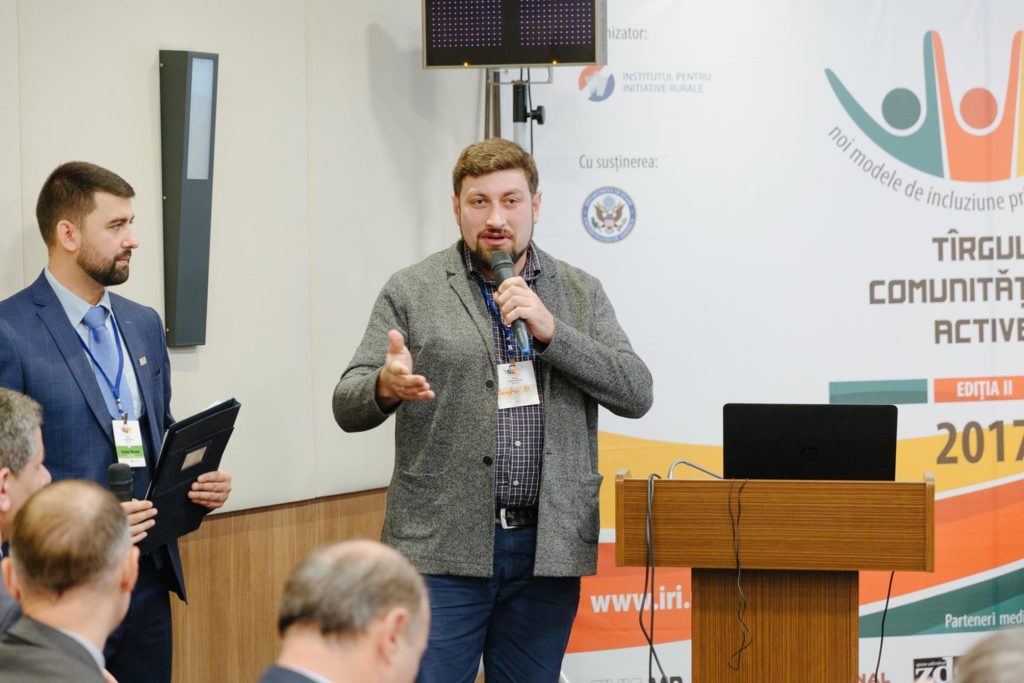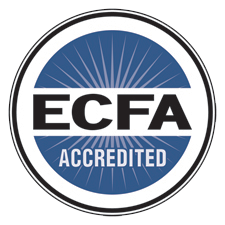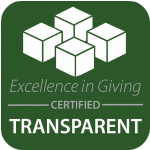Good things can come from challenging conversations. Today, we are sharing how one particularly difficult conversation led to HopeChest’s reworking of the traditional child sponsorship model.
Within the Friendship Model, children choose their sponsors! This model was first realized in a conversation with Moldovan Country Director, Serghei Mihailov, back in September 2018.
More recently, in October 2019, Rick (HopeChest’s VP of Marketing) and Ken (HopeChest’s CEO and President) sat down to chat with Serghei over Whatsapp about where the idea of the Friendship Model came from, and how it shook HopeChest to the core.
Settling into the conversation, Serghei shared a bit about his past and his passion for vulnerable children in Moldova. “I was born in Chisinau, in the Republic of Moldova (back then it was the Soviet Union). I grew up in the context of crisis. I understand and know how children in a poor family really feel. That’s why I made my way to serve these kids. In 2008, I joined the Beginning of Life team, an organization with great vision and great passion for vulnerable families, and in 2013 we started a relationship and partnership with Children’s HopeChest,” Serghei explains.
Rick, curious about the challenges currently facing individuals in Moldova, asks, “Can you share with us a little bit about the programs that you are actually running in Moldova currently?”
The answer to this question, is firmly centered in dignity, Serghei explains: “Now what we have during the several decades after the fall of the Soviet Union, people are really struggling with unemployment, and also the lack of dignity, and the lack of self-identity; and because of that, people were trying to do their best to find a way out. People were just running out of the country to find the best jobs or try to find a job to really feed their families. At the time, people used to leave the country and were leaving their children on their own. These have created a bunch of social phenomenons. Children were growing for years alone without parents. And many of their parents were really struggling and in the traps of illegal migration, human trafficking, violence, abuse, and in this context, many families have been destroyed — have been really sinking into vulnerability. And, all these years, we are trying to find a best way to speak to people and really build their dignity. To help them to be those people who will change their life, because we cannot do that for them. We can only be there with them through their process in this way. We just pray that God gives them the power and strength to regain their dignity, to regain their vision for their life, together with God.”
Speaking of restoring dignity, Ken directs the conversation to the Vision Trip to Moldova that stirred up the first conversations of a reverse child sponsorship model.
Serghei illustrated the tension felt during the VisionTrip with some potential U.S. partners and those first conversations in August 2018. “During this Vision Trip, where we had the discussion about involvement in Moldova, our friends and our brothers and sisters in the U.S., they just captured the tension from our side, and from the start they could not understand why we are so nervous — why we were not feeling comfortable within the discussion. They were really open to discuss these hard issues.”
Pressing further into the difficult conversation, Serghei explained the main point of tension. “We realized that we are all not on the same page. We realized that something is wrong. We had a very different understanding of how it should be.”
Fast forward a few weeks to September 2018 when Wil Crooks (Vice President of Strategic Development) and Tom Jennings, International Program Director, were on a post-VisionTrip follow-up video conference call with Serghei. Serghei felt he needed to share again about the challenges of the traditional child sponsorship model and how it is so negatively received in Moldova, Serghei shared, “Wil really encouraged that we could address this. We can discuss openly. Then we started to move into this talk — this discussion about child sponsorship for a model. That was the key point of tension. We tried to explain why it’s not the best way of serving children here in Moldova, due to the cultural issue and cultural specifics of Moldovans who have been captured — in some way, enslaved — during the hundreds of years when we were under the Ottoman Empire, during the 70 years we were under communist regime within the Soviet Union. In a way, the Moldovan nation has always been under someone’s ownership. In this way, the child sponsorship really brings the feeling to the families that they are owned by someone else…We joke about how ‘big brother’ will come again. Before, we had ‘big brother,’ the Turkish. Then it was Russian ‘big brother,’ afterwards it was Romanian big brother. And all the time, some ‘big brothers’ have been hanging around and owning us. We have no voice. We have no choice in this process, in this life. In this way, when we discuss that, we try to clarify that when a family gives a child’s picture to the Western church or Western organization, they in a way — it’s not a superstition, just cultural tension that they are feeling — they are being owned by this ‘big brother.’… Wil and Tom tried to understand. Tried to really see what I really mean by it’s not the best way of working with Moldovan children. And then they were asking, ‘Why’ and ‘What do you propose?’ We tried to find ways and I tried to explain how it works for Moldovans.
A picture appeared in my head, and I told them, ‘Enough, brothers. Can I ask you a question?’ And I really dared to move this way with Tom and Wil and Children’s HopeChest because they are open to hear the voice in the context, and even ready to understand and move in a different direction than they used to. So, I asked, ‘What if the launching process, that this model will reverse?’ And Wil asked me, ‘What do you mean by that?’ I explained, ‘What if the North American families during the launching process are picking empty spaces, empty chairs, not the pictures of children. In a way, dedicating themselves for empty space, like a blind date — you just put yourself in a vulnerable situation when you give a picture of yours, and allow them to pick your picture.’… And, I remember that Wil just jumped. You can imagine, big Wil jumping in the sky. He explained that this is a really unique idea, and he wanted me to really develop it. We started to discuss how it really can be.”
The questions “Why?” and “What do you propose?” are at the core of HopeChest’s model of relying on the understanding of local leaders. Without their wisdom and depth of knowledge of cultural context, HopeChest’s model would not be effective. Children’s HopeChest’s openness to lean into uncomfortable and tense conversations, and come out of those conversations with healthy, new perspectives and vision is a part of what makes HopeChest an innovative organization.
Serghei’s explanation of why traditional child sponsorship would not work within the cultural context of Moldova sent a shockwave of innovation throughout HopeChest. In 2019, HopeChest set to work on workshopping this new model. On March 1, 2019, the first HopeChest Friend launch occurred with remarkable impact. Further refinements were made to our processes as we launched additional CarePoint partnerships throughout 2019. We are thrilled to expand this model in 2020, and believe that we are launching into an impactful decade of voice and choice.
Is your community ready to build relationships and break the cycle of poverty? Learn more about how to get your community involved.
Header image originally published by Moldova’s Institute for Rural Initiatives, here.






